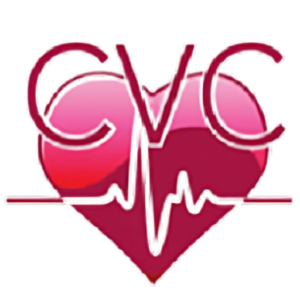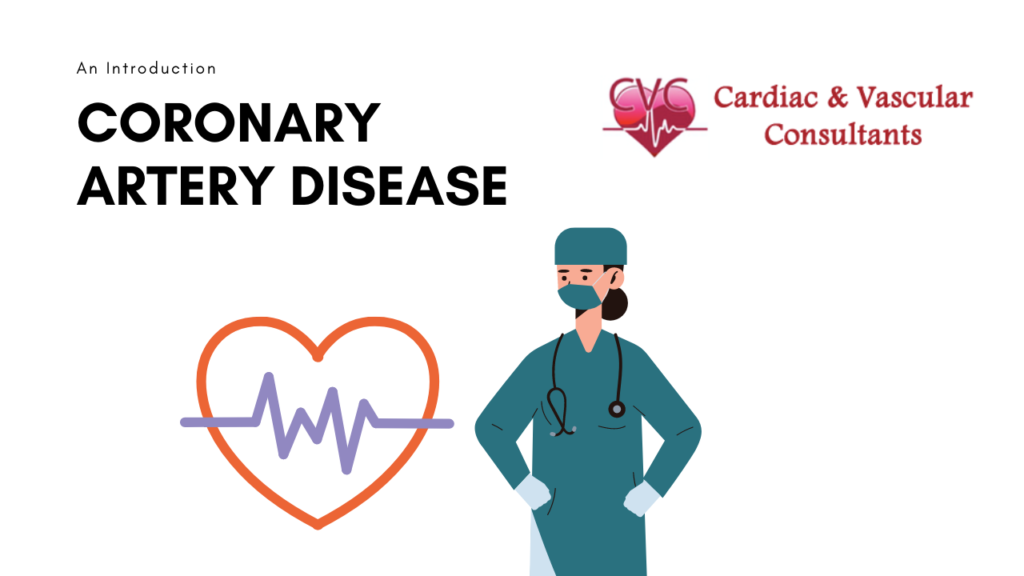According to the Centers for Disease Control and Prevention, coronary artery disease (CAD) is the leading cause of heart attacks in the United States. Which makes it the number 1 death causing factor in the country.
Our Doctors at CVCFL are leading experts in diagnosing and treating CAD. Cardiac and Vascular Consultants (CVC) is the premier cardiology and vascular practice in Lake, Sumter and Citrus Counties as well as the surrounding areas in Florida.
Below our experts provide an introduction to Coronary Artery Disease:
What Is Coronary Artery Disease (CAD)?
CAD, or coronary artery disease, is a condition in which the arteries supplying blood and oxygen to the heart become narrowed due to a buildup of plaque. Also known as atherosclerosis, this buildup of plaque can restrict blood flow and, as it progresses, can create a partial or complete blockage that prevents blood from reaching the heart.
What are its symptoms?
For many people, the first symptom of CAD is a heart attack. However, some people experience symptoms earlier, in the form of angina. Angina is chest pain or discomfort that feels like pressure or squeezing in your chest. Some people also feel angina pain in their shoulders, arms, neck, jaw, or back. If you experience any of these symptoms, it’s important to see a doctor to determine if you have heart disease.
What are the risk factors for Coronary Artery Disease?
While there are some risk factors for CAD that cannot be controlled, such as genetics and age, there are many that can be controlled. These include diabetes, high cholesterol, smoking, sedentary lifestyle, and being overweight or obese. If you have any of these risk factors, it is important to take steps to control them in order to reduce your risk of CAD.
Measures to be taken
To reduce your risk of developing CAD, focus on maintaining a healthy weight, eating a heart-healthy diet low in saturated fats, exercising for at least 20 minutes a day, and quitting smoking. Additionally, be aware of your blood pressure and cholesterol numbers.
How is CAD diagnosed?
If your doctor suspects you have CAD, they may order one or more of the following tests:
- Chest X-ray
- Blood tests
- Stress Testing – This test assesses your heart function under different stress levels. At CVCFL we stimulate the heart through exercise on a treadmill or by injecting intravenous vasodilators. The latter is used when medical conditions prevent a person from being able to complete the necessary exercise.
- An electrocardiogram (EKG) – An electrocardiogram (EKG) uses electrodes that are placed on the chest, arms, and legs in order to interpret the electrical activity of the heart. With each heartbeat, there is an accompanying electrical signal that goes from the top of the heart to the bottom. As this signal travels, it makes the heart contract and pump blood. The EKG recordings that are taken give the doctor information about how well the heart is working.
- Echocardiography – The echocardiogram is a medical procedure that uses ultrasound waves to create images of the heart. It can be used to evaluate the heart’s size, shape, and pumping capacity, as well as to check for any tissue damage.
- Cardiac catheterization. Cardiac catheterization is a procedure that helps determine whether angioplasty or stenting is necessary. A long, thin, flexible tube is inserted into the blood vessel, either in your arm or groin, and passed through to the neck. A contrast dye is injected to make veins and blockages visible on X-ray images.


